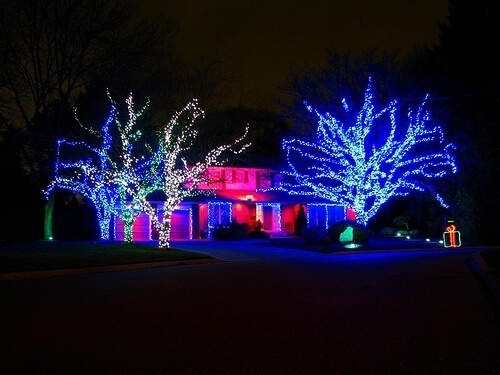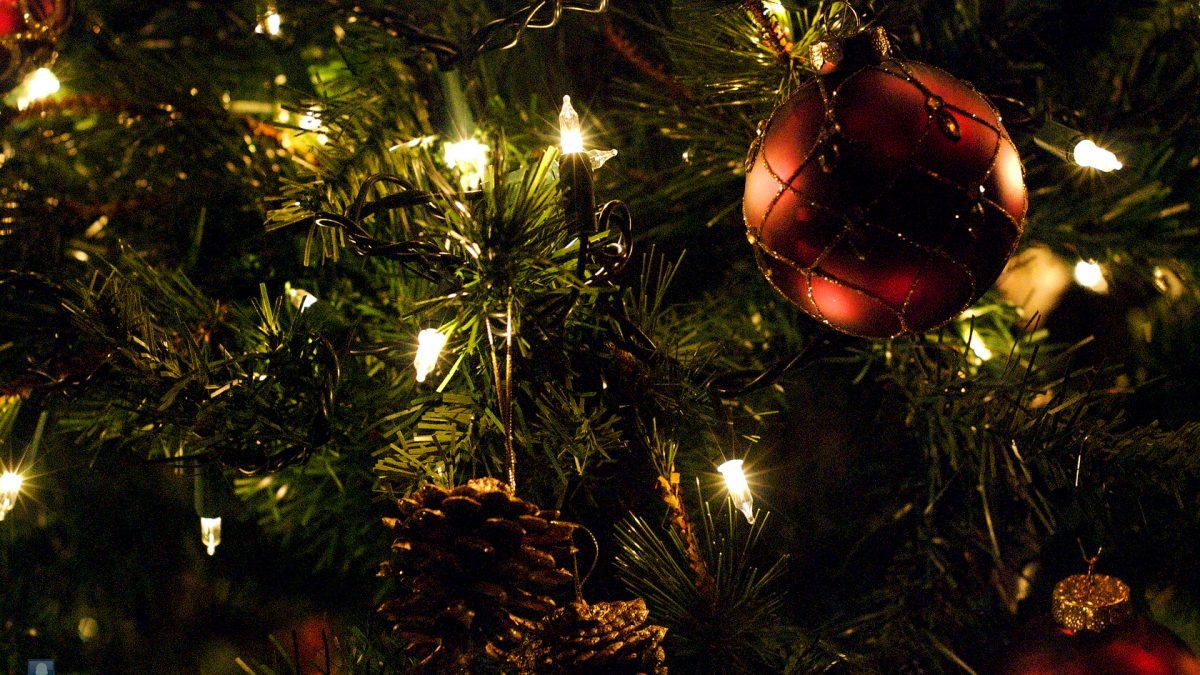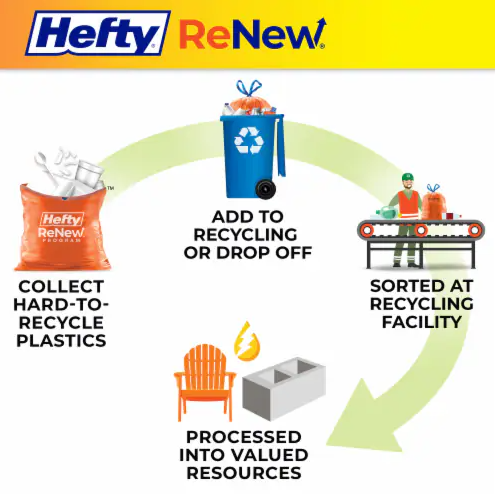Hilliard to Host Post-Holiday Styrofoam Recycling Collection
November 29, 2018
Winter Energy Saving Tips
December 21, 2018A few years ago, we wrote a piece extolling of the virtues of a living Christmas tree. But since then, the real vs. artificial debate has continued to rage. So, which one is more environmentally friendly? Depends on who you ask. But here are some factors to consider:
Manufacturing/Cultivating the Tree
Most artificial trees are made from steel and a combination of plastics (usually polyvinylchloride, polyethylene, and polypropylene). These materials require energy and resources to produce, as does the production and assembly of the tree.
Real Christmas trees are cultivated over approximately a decade at tree farms. As they are being grown, the trees help clean the air and can provide habitats for wildlife. That said, tree farming does require some “artificial” inputs. Farmers apply fertilizers and pesticides and expend energy to plant, maintain, and harvest the trees (some large tree farms even harvest trees by helicopter!).
It’s also worth mentioning here that Christmas trees are grown as crops, just like corn or lettuce. So don’t feel bad about cutting them down. These trees were grown specifically for the purpose of being harvested as Christmas trees and do not result in deforestation.
Transportation
Most artificial Christmas trees are manufactured in China. Completed trees are shipped to the United States by boat and then to the retailer by truck.
For real trees, the distance between the tree farm and retailer can vary, so ask around. The most environmentally friendly trees are those grown locally.
Life Span
Artificial trees can obviously last more than one year, while real Christmas trees do not (unless you’ve chosen a living tree and plan to plant it after the holidays).
So what’s the crossover point where artificial trees have less impact on the environment than real ones? In this area, it depends on who you ask. A recent study sponsored by the American Christmas Tree Association found that on average, the breakeven point is 5 years, while a 2009 study found that the it can take up to 20 years. Bottom line, though…the more you re-use your artificial tree, the more environmentally-friendly it becomes.
End of Life
Unfortunately, most artificial trees end up in landfills. Real trees, by contrast, meet more varied fates. Some still end up landfills. Others are taken to trash incinerators. But in Hilliard, residents can place used trees on the curb to be picked up and processed by the City’s chipper service.
The Bottom Line
The longer you keep reusing an artificial tree, the more environmentally-friendly it becomes.
Of course, there are other considerations. As we mentioned above, real trees can provide wildlife habitat and help clean the air while they’re being cultivated. Purchasing a real tree can also help local farmers and the local economy. And, who doesn’t love the smell of a real tree?
But whichever route you choose, it’s worth noting that Christmas trees represent a very small percentage of the environmental impacts that occur during the holiday season. Other aspects of the holidays—travelling to see family and friends, shopping for gifts, etc.—collectively impact the environment far more than your choice of tree.
Whether you have a real or artificial tree, one thing you can do to reduce your environmental impact is replace old Christmas lights with LEDs. If you have light strands you’d like to recycle, we are collecting them at the Hilliard Tree Lighting on December 2 from 4:00-6:30pm.
Got any other tips? Share them below!





